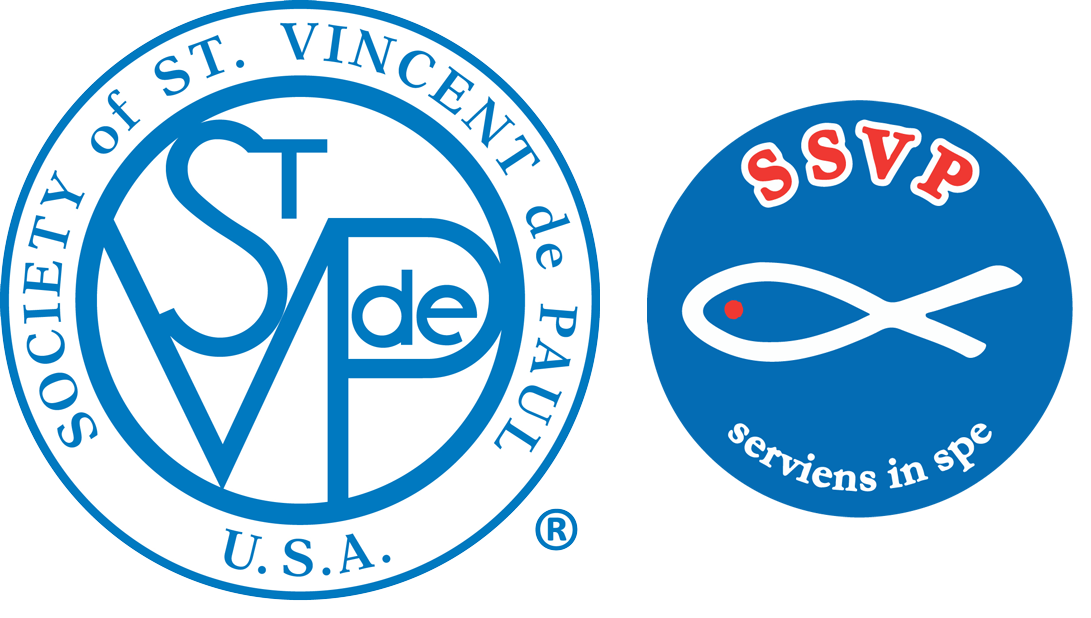In Blessed Rosalie’s time, every working-class family with three or more children was registered with the Bureau of Public Assistance; it was simply assumed that in the conditions of the times, they would not be able to support themselves. Work was often disrupted by revolutions which shut businesses down, or by epidemics that both shuttered businesses and ended lives. A man’s death could leave his widow and children in complete destitution.
In the midst of this, Rosalie and the Daughters of Charity worked both tirelessly and cheerfully to bring food, medical care, and more to the homes of the poor. Rosalie, it was said, would not leave those homes without having also helped with some housework.
Mentored in our earliest days by Rosalie and the Daughters, the Society of St. Vincent de Paul carries on this tradition, meeting and befriending our neighbors in their homes and seeking ways to provide for their needs. Also, like Rosalie, this can lead us beyond the Home Visit.
After all, if her husband had died, leaving her penniless, the widowed mother of Rosalie’s time would have to go outside the home and find work to support herself and her children, but then who would care for the children? The Daughters could have simply kept bringing more bread, but instead, Rosalie founded the Saint-Marcel Day Nursery to care for newborns while their mothers worked. She saw that this would do more than provide food, it would remove a barrier to their own self-sufficiency – a barrier over which the widows themselves had no control. The women even paid 15 of the 55 centimes that the childcare cost per day.
By respecting the dignity of the widows and the duty of people to work, and continuing to walk in friendship with the neighbor, Rosalie modeled for us both our Catholic Social Doctrine and our Vincentian vocation.
It is no wonder that the young men who founded the Society would follow this example, as well, creating an apprenticeship program for young men in Paris shortly after the very first Conference was founded. It was in the course of their Home Visits they saw a way to break the cycle of poverty among young men who had no fathers to guide them into a trade.
It turns out that “systemic change” is only a new phrase, not a new idea. After all, who would sew a new patch to an old cloak? All of our works grow naturally from the knowledge we gain by climbing the stairs to the poor man’s garret. Systemic change may be beyond, but it is inseparable from the Home Visit, part of a seamless garment, rooted deeply in both our tradition and our Home Visit.
Contemplate
What barriers can I help to remove from the neighbor’s path?




This post reminded me that I have something to offer even if it just offering a helping hand around someone’s home.